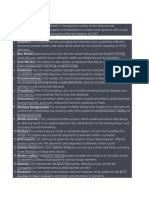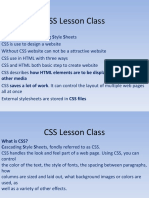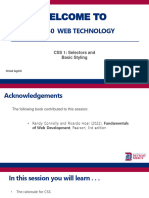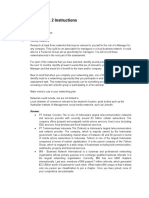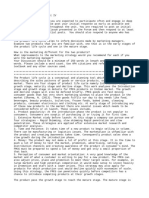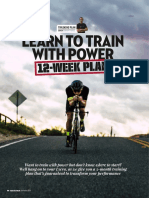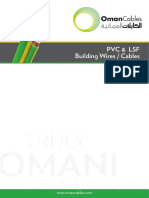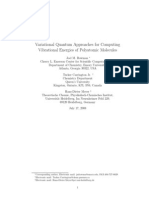0% found this document useful (0 votes)
10 views2 pagesWeek 5 Lectures 9 10 CSS
The document provides an introduction to CSS and CSS3, explaining that CSS is a stylesheet language used to control the presentation of HTML or XML documents. It covers the types of CSS, syntax, selectors, and the cascading concept, as well as advanced features in CSS3 like animations, transitions, and responsive design. Key topics include the box model, positioning elements, and layout techniques such as Flexbox and Grid.
Uploaded by
ahmed.hussainCopyright
© © All Rights Reserved
We take content rights seriously. If you suspect this is your content, claim it here.
Available Formats
Download as DOCX, PDF, TXT or read online on Scribd
0% found this document useful (0 votes)
10 views2 pagesWeek 5 Lectures 9 10 CSS
The document provides an introduction to CSS and CSS3, explaining that CSS is a stylesheet language used to control the presentation of HTML or XML documents. It covers the types of CSS, syntax, selectors, and the cascading concept, as well as advanced features in CSS3 like animations, transitions, and responsive design. Key topics include the box model, positioning elements, and layout techniques such as Flexbox and Grid.
Uploaded by
ahmed.hussainCopyright
© © All Rights Reserved
We take content rights seriously. If you suspect this is your content, claim it here.
Available Formats
Download as DOCX, PDF, TXT or read online on Scribd
/ 2










